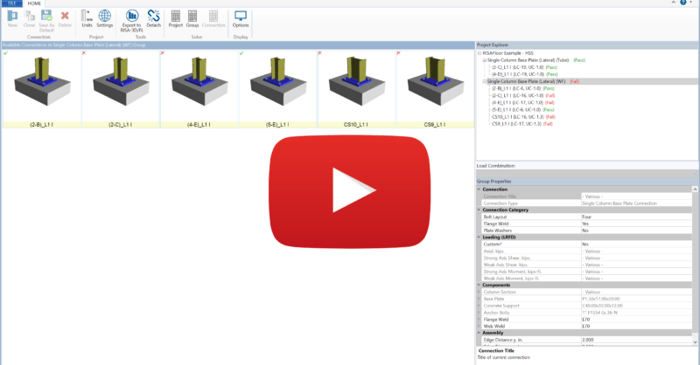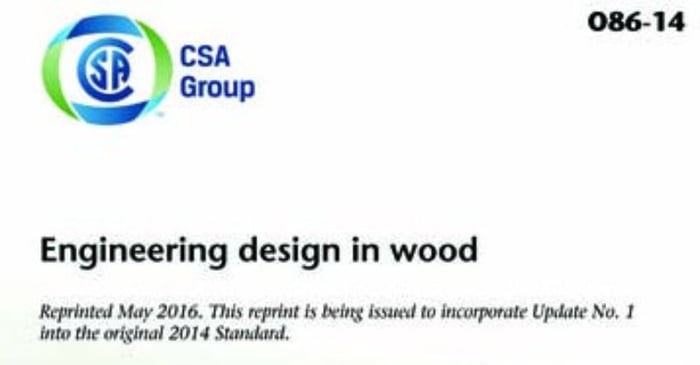
September 8, 2017
CSA A23.3-14 Canadian Concrete Code now Available
The CSA A23.3-14 code has been implemented in RISA-3D v15.0, RISAFloor v11.0, and RISAFoundation v9.0.
Halloween isn’t just for candy and costumes—it’s the perfect time to test your spooky engineering skills! We’ve brewed up a Halloween-themed RISA Jeopardy game, packed with fun, easy questions about our software. Tip for readers: Try to answer before revealing the “treat” below each question! 💀 Can You Count? 100 – RISACalc: How many components are currently available in RISACalc? 10 (Beam, Column, Steel Joist, Composite Beam, Retaining Wall, Spread Footing, Wall Footing, Drilled Pier, Seismic Load, Wind Load) 200 – FD: How many Data Entry spreadsheets are available in RISAFoundation? 25 300 – RISA-3D: How many countries or regions have building codes supported in RISA-3D? 9 (US, Canada, Mexico, Europe, Great Britain, India, Australia, New Zealand, Saudi Arabia) 🎃 Adaptable 100 – ADAPT: Which of these is not an ADAPT product? ADAPT-Builder, ADAPT-Felt, ADAPT-Floor, ADAPT-ABI ADAPT-Floor 200 – ADAPT: Which mode of ADAPT-Builder is used to design slabs-on-grade on expansive soils using the PTI method? ADAPT-SOG 🕸️ The Whole Family 100 – Other: This steel detailing software and fellow Nemetschek brand has a built-in export option in RISA-3D. SDS2 200 – Other: Which design code is the most common in our software, found in 8 of our 10 programs?…
Read More

The CSA A23.3-14 code has been implemented in RISA-3D v15.0, RISAFloor v11.0, and RISAFoundation v9.0.

The latest releases of RISAFloor and RISA-3D include the following updates to wood design per the Canadian codes:

This video tutorial will show you how to design a base plate in RISAConnection for both gravity and lateral loads. You can automatically transfer your column end forces from RISAFloor or RISA-3D into RISAConnection.

RISAFloor v11 allows users to add parapets while allowing the program to calculate the wind loads per the ASCE 7 parapet wind loading requirements.

The new Aluminum ADM 2015 code has been added in RISA-3D v15.0. To select this code for your design, simply open the (Global) Model Settings and under the Codes tab select AA ADM1-15:

The bending and axial code checks for single angles differ somewhat from other shape types, because single angles behave quite differently in bending and compression depending on how they are braced along their length.

RISA-3D can design the Cold Formed Steel face-to-face channel and track sections. You can also get design of a Cold Formed Steel tube shape in RISA-3D. The Shape Selection dialog will allow you to model the built-up sections by selecting “Face to Face” shown below.

RISAFloor now has the ability to model a Semi-Rigid, Rigid or Flexible diaphragms to distribute lateral loads. For more information about the different diaphragm types, click on the link below.

The new CSA O86-14 code has been implemented in RISA-3D v15.0 and RISAFloor v11.0
Our monthly "Structural Moment" newsletter is the best way to keep up with RISA’s product updates, new releases, new features, training events, webinars and more...